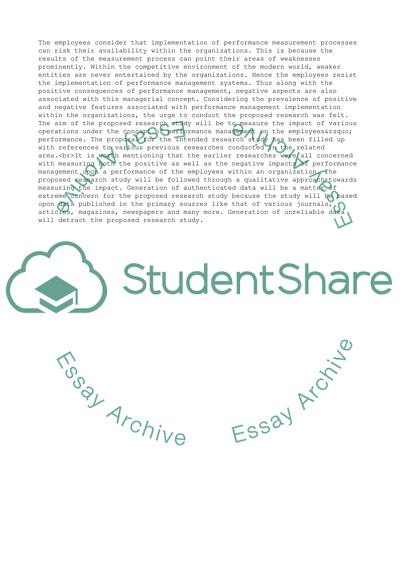Cite this document
(Performance Management Operation Impact on the Employee Performance in Research Paper, n.d.)
Performance Management Operation Impact on the Employee Performance in Research Paper. Retrieved from https://studentshare.org/management/1758816-proposal-for-dba-docorate-in-ba-program-performance-management-operation-impact-on-the-employee-performance-in-the-public-sector
Performance Management Operation Impact on the Employee Performance in Research Paper. Retrieved from https://studentshare.org/management/1758816-proposal-for-dba-docorate-in-ba-program-performance-management-operation-impact-on-the-employee-performance-in-the-public-sector
(Performance Management Operation Impact on the Employee Performance in Research Paper)
Performance Management Operation Impact on the Employee Performance in Research Paper. https://studentshare.org/management/1758816-proposal-for-dba-docorate-in-ba-program-performance-management-operation-impact-on-the-employee-performance-in-the-public-sector.
Performance Management Operation Impact on the Employee Performance in Research Paper. https://studentshare.org/management/1758816-proposal-for-dba-docorate-in-ba-program-performance-management-operation-impact-on-the-employee-performance-in-the-public-sector.
“Performance Management Operation Impact on the Employee Performance in Research Paper”, n.d. https://studentshare.org/management/1758816-proposal-for-dba-docorate-in-ba-program-performance-management-operation-impact-on-the-employee-performance-in-the-public-sector.


